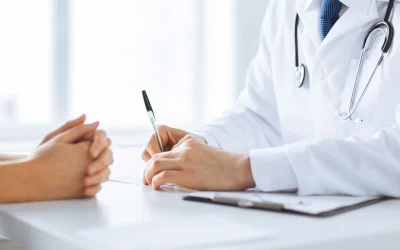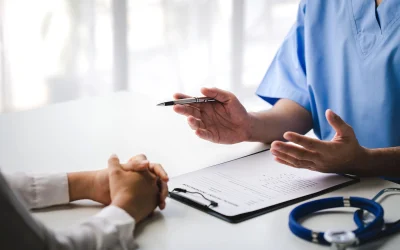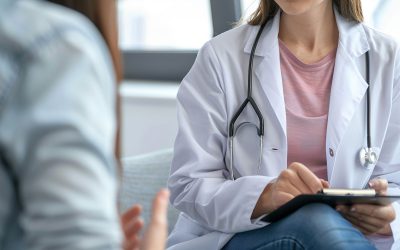Monkeypox
Globally, as of August 16th, there are about 38,000 cases of monkeypox.
- Mostly in Europe: >19,000
- The UK Health Security Agency issued a statement on August 12th that the epidemic appeared to be reaching a peak there.
- In the US: Nearly 13,000
- New York State is highest at 2,620
- California is second at 1,945
- Florida, Texas, and Georgia are the only other states with over 1000 cases.
- The epidemic appears to have peaked, but it is too early to confirm. Totals by week ending:
- Jul 31 – 2253; Aug 7 – 2413; Aug 14 – 2172
- Canada: 1,100
- Major new journal articles find routine skin-to-skin contact is not a major driver of the epidemic
- This does not change the general messaging that the most important thing people can do in terms of prevention is to educate themselves about risk factors.
- Expect more on this as medical and public health communities digest the analyses from these new studies
- Too soon to address now except to say that it does not change or add to the primary identified at-risk populations in any way
- The general public may be at less risk than initial reports, but do not lower your guard
COVID-19
Major changes in CDC guidance based on lower risk for bad outcomes; Key points:
Recommended actions after known exposure (without regard to vaccination status):
- No requirement for quarantine
- wear a high-quality mask until 10 days after the last exposure.
- Test with an antigen test 5 days after exposure to detect infection
- A positive test means to begin isolation and consider treatment
- A negative test does not mean that it is acceptable to stop masking.
- Not explicit in guidance, but you should avoid any vulnerable people (known high risk such as those with known immune compromise) until after the full 10 days.
Reiterated isolation guidelines:
- Isolate for 5 days to include a high-quality mask if unavoidably around anyone else
- If after 5 days you are fever-free for 24 hours without the use of medication, and your symptoms are improving, or you never had symptoms, you may end isolation after day 5.
- If other than mild (any degree of shortness of breath or prolonged fever), then isolate for 10 days
- Regardless of when you end isolation, avoid being around people who are more likely to get very sick from COVID-19 until at least day 11.
- Wear a high-quality mask around others or in public through day 10.
- No test is needed to end isolation unless you have risk factors for severe disease or have a known weakened immune system. (Not part of CDC guidance: antigen testing is so easy and cheap, that it may not be a bad idea anyway).
- Added guidance that if rebound occurs (either symptoms or test), restart isolation guidance as if new infection.
- Screening testing is no longer recommended in most settings.
- The previous “6 feet for 15 minutes” is just one component of assessing protection status. More important to look at overall risk, especially ventilation of areas where contacts could or have occurred (i.e., apply the layered protection principles in the assessment of exposure risk, not only in prospective risk reduction programs)
Regarding the “bivalent” booster that includes an omicron component: The White House COVID advisor on Wednesday of this week said:
The booster will be released in “a few short weeks”
“I believe it’s going to be available and every American over the age of 12 will be eligible for it.”
- This likely means “12 and over,” which is the usual age cut off
- This is a change from the previous expectation that it would be tiered availability based on risk factors, but this could change again as the CDC and FDA finalize authorizations
Uptake on Novavax has been lower than expected.
- With nearly a third of a million doses available, less than 10,000 have been administered
- The hope that Novavax would gain acceptance by those who have refused vaccination has not been borne out, but there has been very little marketing as most CDC communications have focused on Monkeypox over this last month.
Flu Season Projections
Earlier dire warnings about the potential worst flu season ever were muted over summer as a summer wave did create some degree of immunity in the community. Still, the Southern Hemisphere has seen the worst flu season in 5 years, current estimates are for a “normal” flu season
Flu vaccines are available now in some locations
- It would likely be better to wait until flu rates begin to tick up since flu shots start loose effectiveness after around 6 months (but are extremely variable from person to person)
- People over 65 are strongly encouraged by the CDC to get a “High Dose” flu vaccine this year. In the past, it has been an option, but for 1st time this year, it is recommended by CDC.


